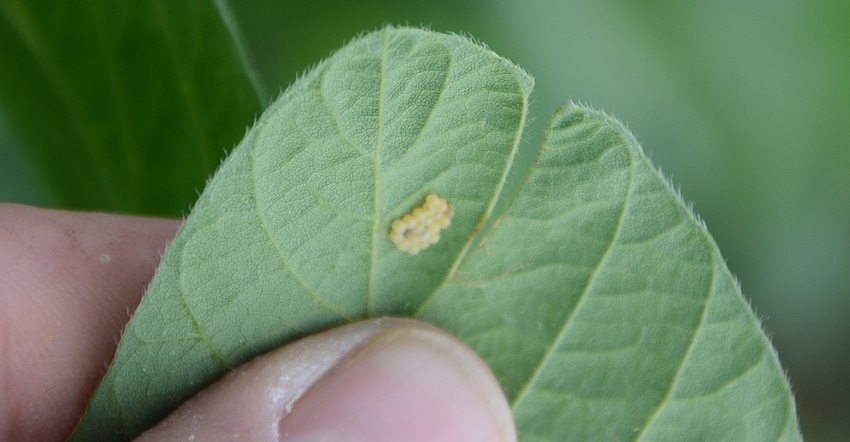May 4, 2022

What’s bugging you? While you may debug a computer, debugging isn’t something we want to do in crop fields. Sure, there are numerous insects that can be pests at different crop stages, but it’s estimated that only about 5% of all insects are considered pests.
Pest management starts with planting when soils are ready. Planting too early, or in cold or wet conditions, slows germination and emergence, making plants more susceptible to early-season pests. A successful foundation is often laid the prior fall. Some fields may have looked more attractive to insects the prior year — hopefully not just pests, but beneficial insects, too.
There are concerns about potential pest outbreaks in no-till and cover crop fields. However, there also needs to be a place for beneficial insects to get their foothold with less tillage, crop residue and cover crops.
Field assessment
What should you be scouting for? Scout for early-season pests such as seedcorn maggots, wireworms, armyworms, black cutworms, stink bugs, slugs and voles in high-residue cropping systems.
Nearly all weeds, including marestail, Palmer amaranth and waterhemp, are easier to terminate when they are very small. However, proper identification is needed as soon as possible after emergence. Many weeds grow so fast that even a few days in the right growing conditions may mean ineffective control, a potential yield reduction and lingering impacts in future years. This will challenge your young weed identification skills.
Use the Purdue University Corn & Soybean Field Guide, also available as an app for your phone or tablet, to identify weeds plus diseases, insects and nutrient deficiencies. The Purdue Extension Entomology Pest and Crop Newsletter is a weekly resource providing timely information about pests and crops for all of Indiana.
Recognize beneficial insects
While you are out in the field, properly identify and consider beneficial organisms, too. This gives you an idea of your natural defenses against pest outbreaks. Encourage beneficial species such as ground beetles, minute pirate bugs and spiders with a soil health management system including no-till and strip till, cover crops and buffers.
Long-term no-till fields often support large spider populations, with webs being more noticeable in the morning after a heavy dew. These beneficial species can help manage some pests, especially in more mature soil health systems.
If you’re making the jump to conservation or regenerative agriculture, you’ll need all the help you can get. Insects are also an important piece to help improve soil biology.
Avoid overuse of insecticides
Crops can sustain damage from some pests without yield loss. There is often a lag before beneficial organisms catch up with a pest outbreak. If treated, the damage to beneficial insects usually lasts longer.
During herbicide applications to terminate weeds or cover crops, don’t add insecticides unless economic thresholds have been met. This also applies if scouting determines that a foliar fungicide application is justified to treat crop disease. If treatment is warranted, follow the pesticide label.
Scouting, identification of pests and beneficial organisms, along with integrated pest and weed management strategies, can help reduce damage from pests and from making unnecessary pesticide applications. That can provide a positive return on investment. Just because the neighbors are spraying doesn’t mean you also need to spray.
Bailey is the state conservation agronomist with the Natural Resources Conservation Service.
You May Also Like




